Description
About
Prasaranyadi Kashayam (also called Prasaranyadi Kwatham) is a classical Ayurvedic decoction formulated mainly to manage Vata-related disorders such as joint pain, paralysis, muscle stiffness, and nerve weakness.
It derives its name from the key ingredient Prasarani (Paederia foetida) — a potent herb known for its anti-inflammatory, analgesic, and nervine tonic properties.
This Kashayam helps restore mobility, strength, and flexibility by balancing Vata dosha and improving circulation to the muscles and nerves.
Uses
-
Paralysis, facial palsy, hemiplegia
-
Sciatica, low back pain, cervical spondylosis
-
Arthritis, muscle stiffness, and cramps
-
Frozen shoulder and rheumatic pain
-
Neuromuscular weakness and tingling sensations
-
Promotes joint flexibility and movement
Benefits
-
Strengthens nerves and muscles
-
Relieves pain, stiffness, and inflammation
-
Enhances circulation to affected areas
-
Improves mobility in arthritis and paralysis
-
Restores nerve functions after stroke or injury
-
Balances Vata dosha and prevents recurrence of symptoms
Different Names in Different Languages
| Language | Name |
|---|---|
| Sanskrit | Prasaranyadi Kashayam / Kwatham |
| Hindi | प्रसारण्यादि कषाय |
| Tamil | ப்ரஸாரண்யாதி கஷாயம் |
| Malayalam | പ്രസാരണ്യാദി കഷായം |
| Kannada | ಪ್ರಸಾರಣ್ಯಾದಿ ಕಷಾಯ |
| Telugu | ప్రసారణ్యాది కషాయం |
Dosage & Administration
-
Adult dosage: 15–30 ml twice daily after meals
-
With: Equal quantity of warm water
-
Best time: Morning and evening after food
-
Children: As directed by an Ayurvedic physician
Dietary advice:
-
Follow a light, warm diet.
-
Avoid cold, oily, and heavy foods.
-
Gentle exercises and body massages with Vata-reducing oils (like Dhanwantharam or Prasarinyadi Thailam) enhance results.
Precautions
-
Should be taken under medical supervision, especially for chronic conditions.
-
Avoid in pregnancy unless prescribed.
-
People with acid reflux or ulcers should consume after food.
-
Store in a cool, dry place, tightly sealed.
Key Ingredients & Their Actions
| Ingredient | Botanical Name | Main Action |
|---|---|---|
| Prasarani | Paederia foetida | Relieves joint stiffness, strengthens nerves and muscles |
| Eranda | Ricinus communis | Anti-inflammatory, improves mobility |
| Devadaru | Cedrus deodara | Reduces swelling, relieves Vata pain |
| Rasna | Pluchea lanceolata | Anti-rheumatic, alleviates muscle stiffness |
| Sahachara | Strobilanthes ciliatus | Strengthens lower limbs and nerves |

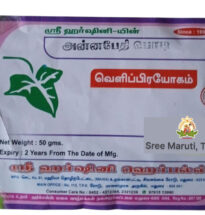
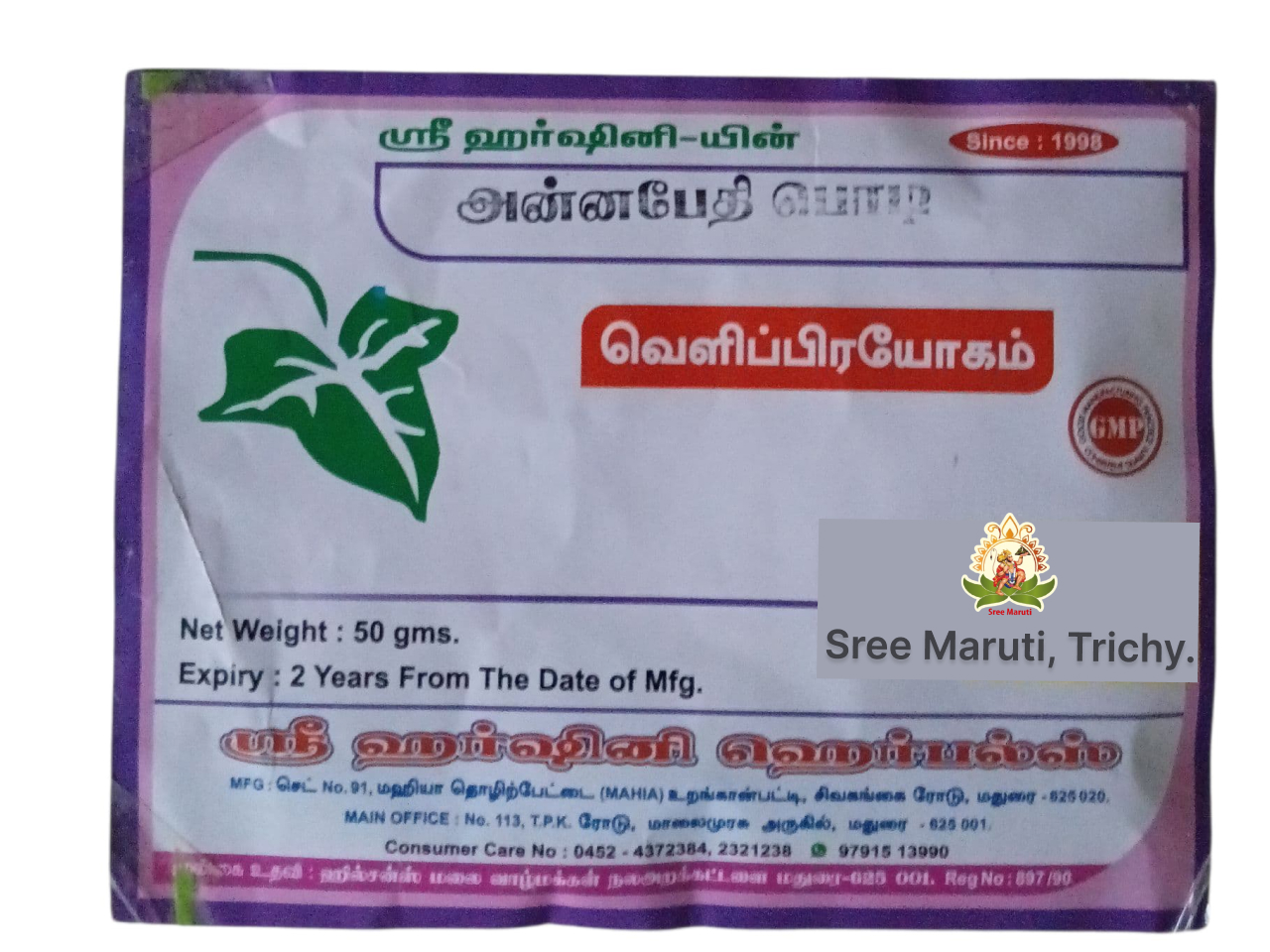


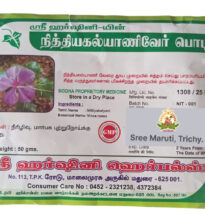

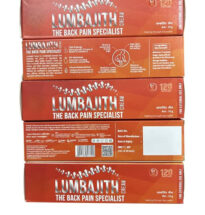
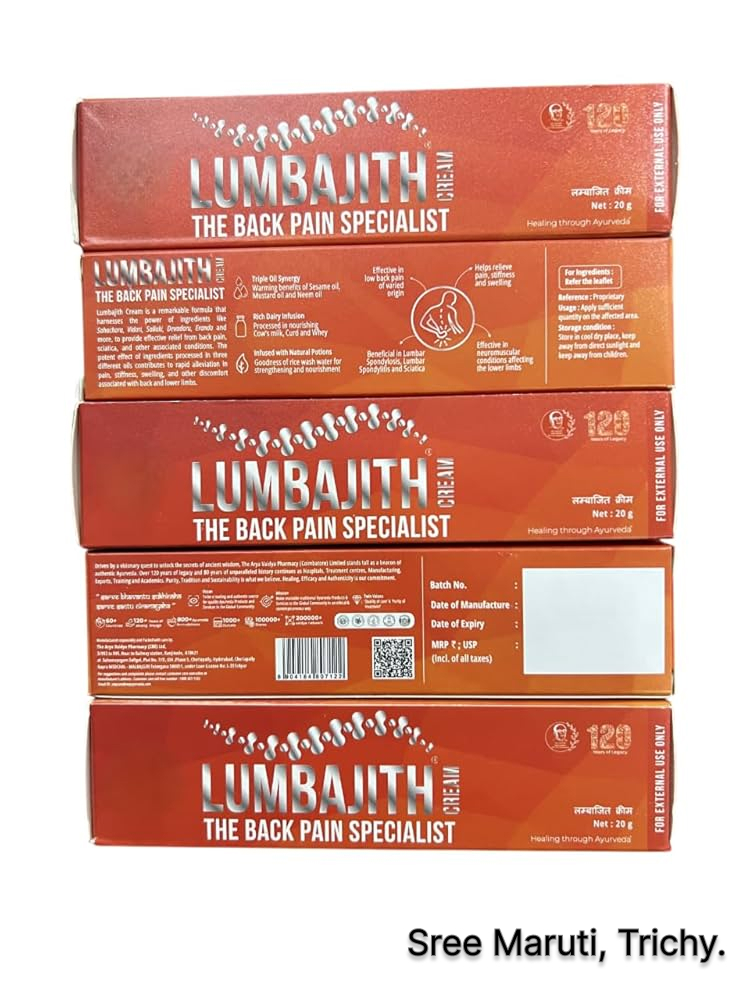

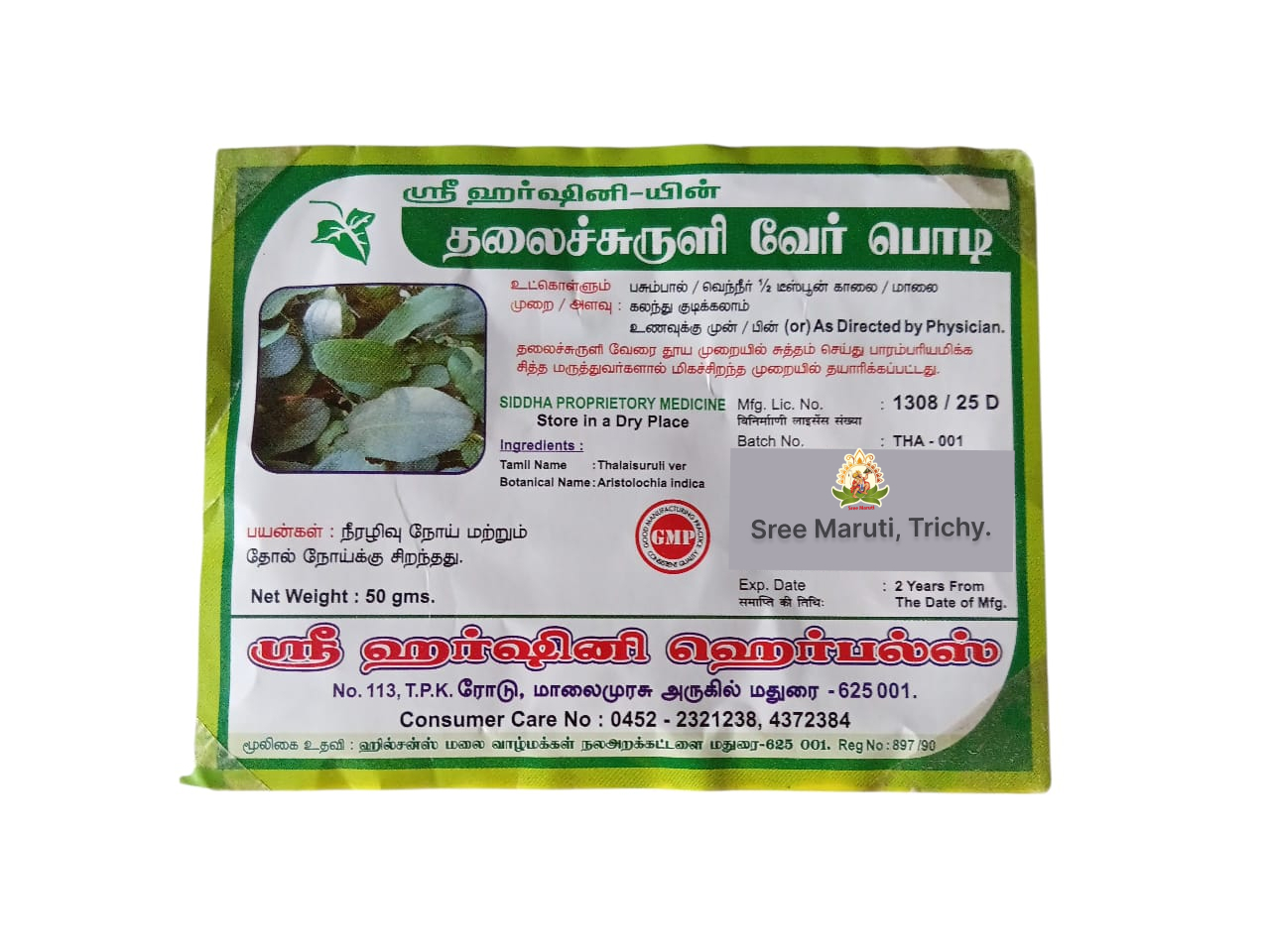
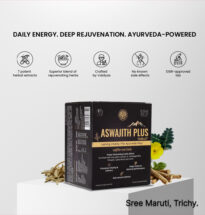
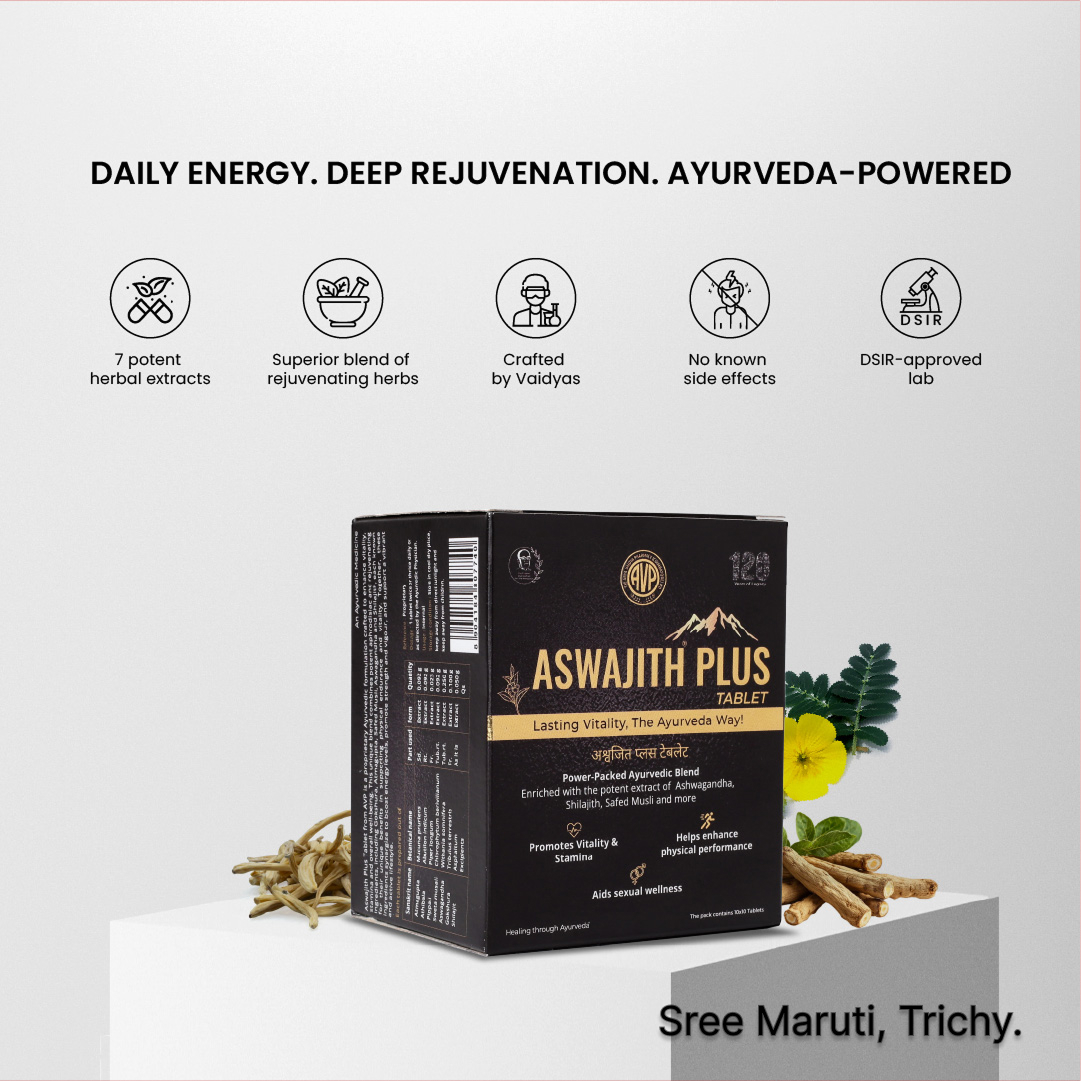
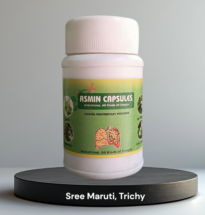
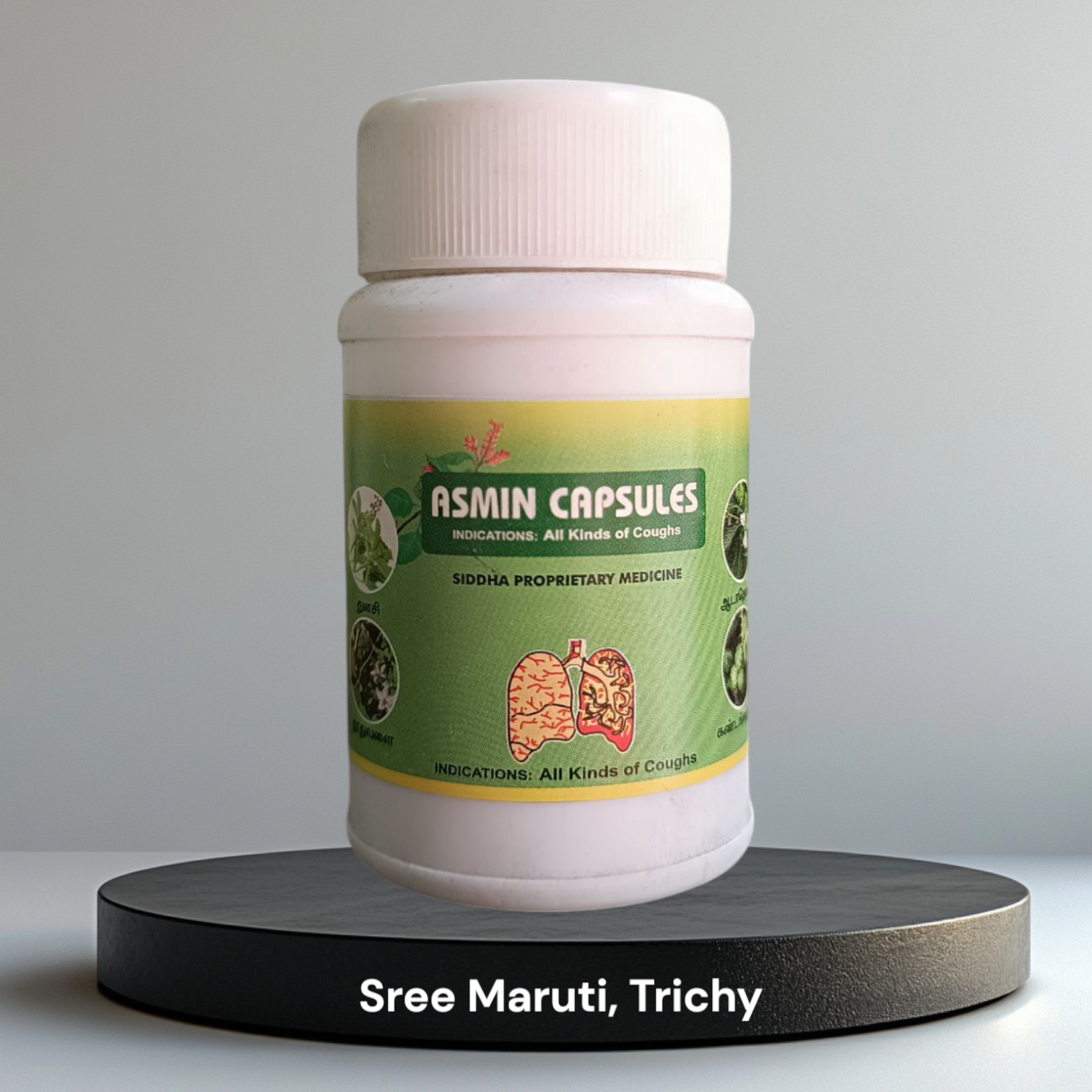

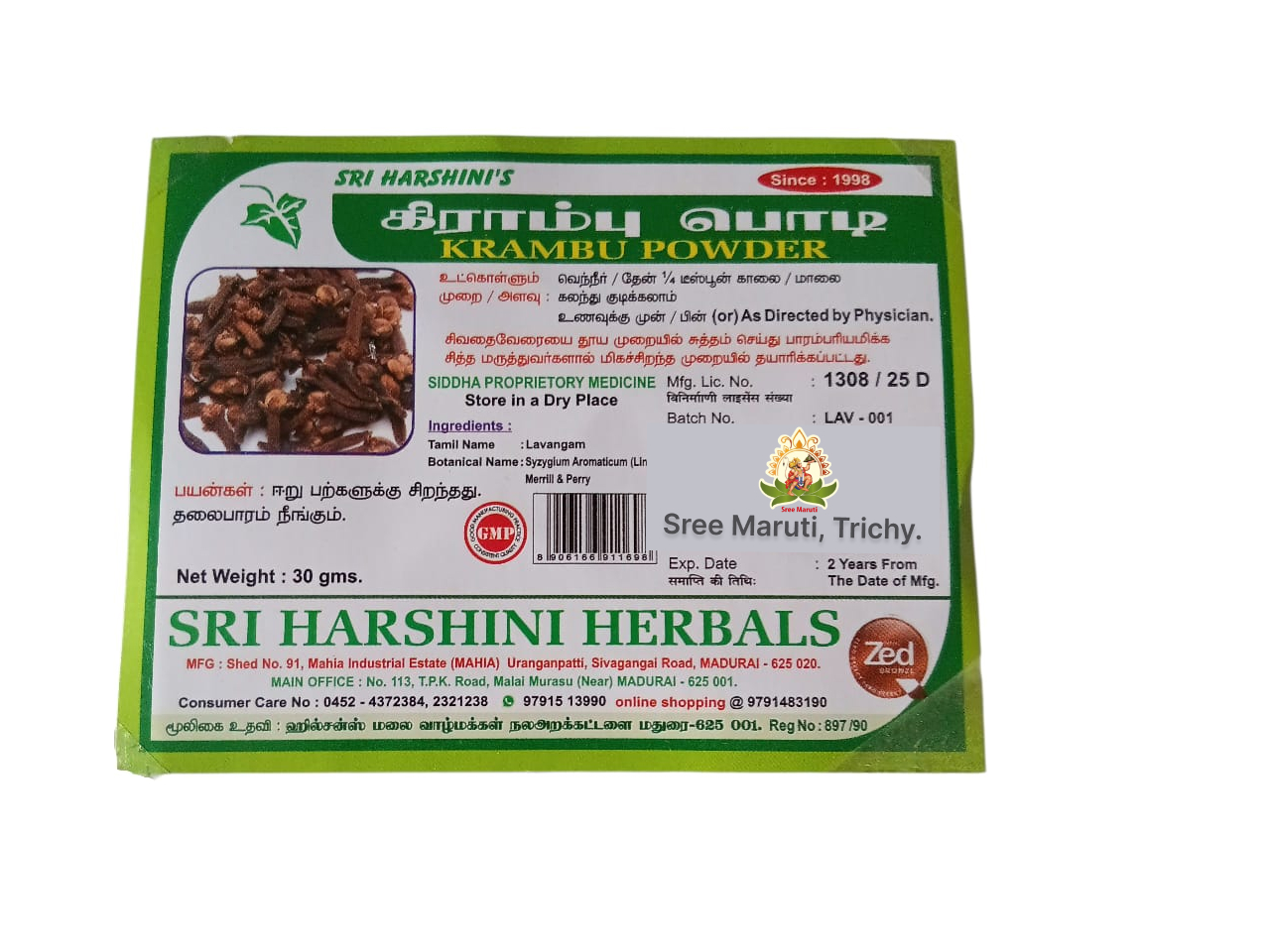

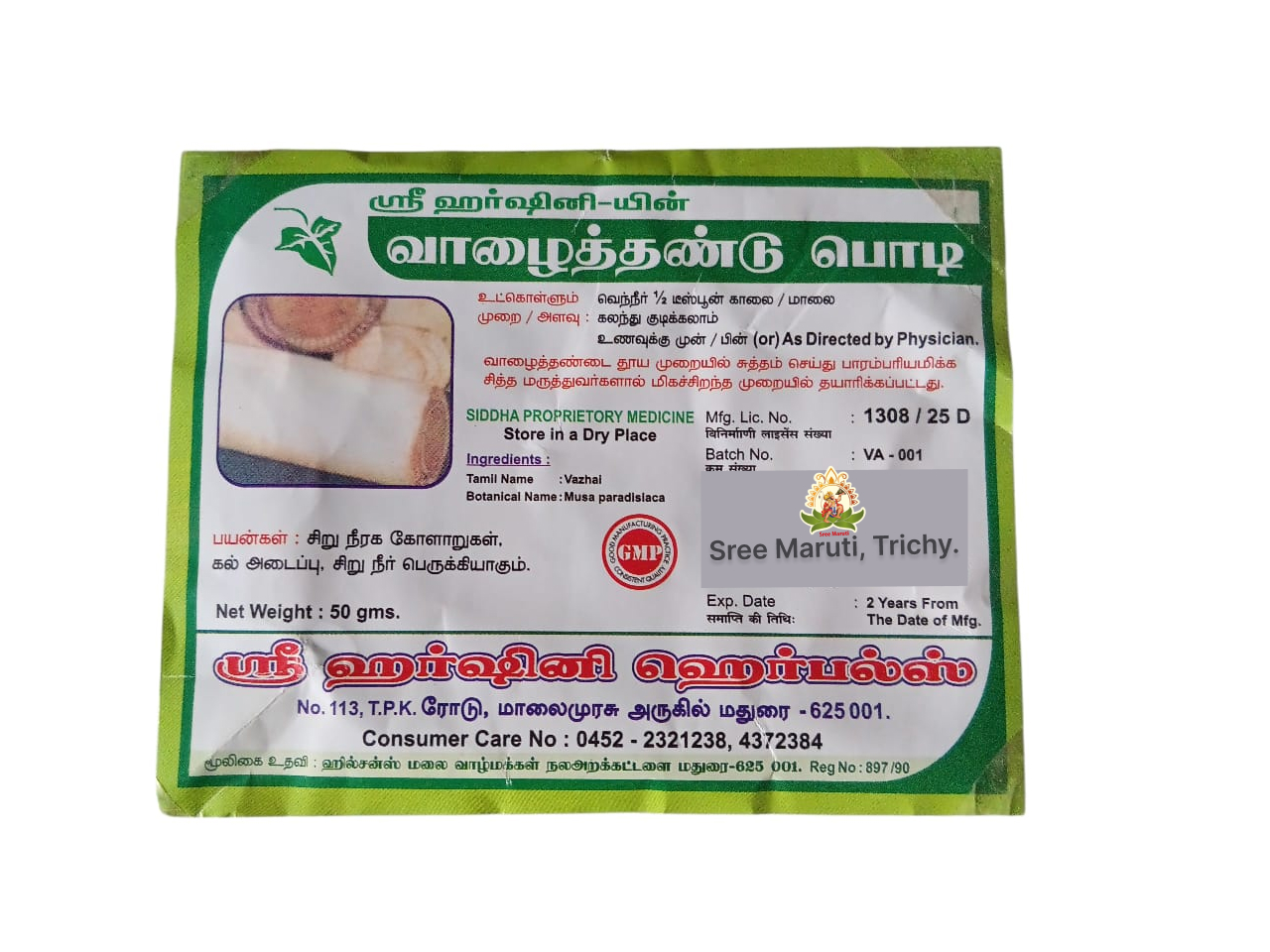
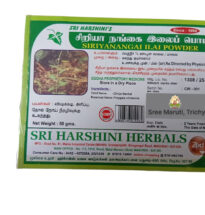
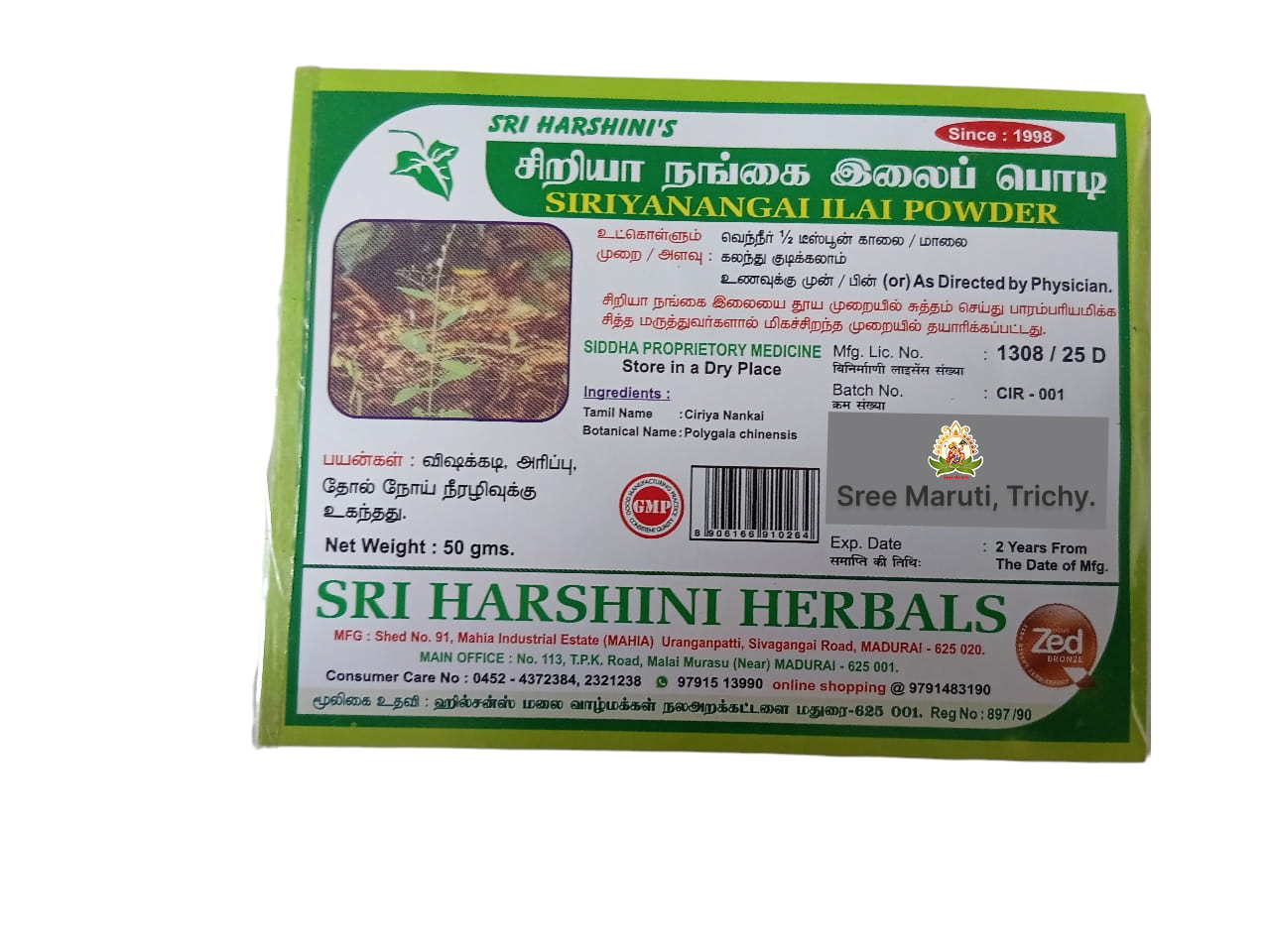


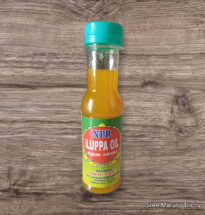

Reviews
There are no reviews yet.